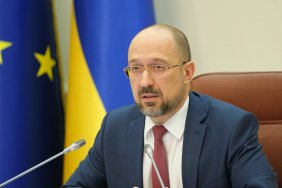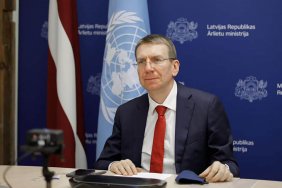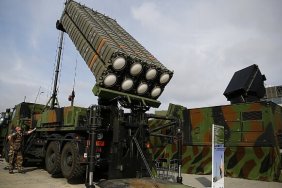EU countries reported to the European Commission about the freezing of more than 200 billion euros of assets of the Central Bank of Russia.
This was announced at a briefing in Brussels by EC representative Christian Wiegand.
"In the 10th package of sanctions against Russia, new requirements were introduced for operators and member states regarding reporting to the European Commission on frozen assets and reserves of the Central Bank of Russia. The deadline for submitting such reports was May 12. EU countries reported more than 200 billion euros of frozen assets of the Central Bank Russia," he said.
EU member states should be asked about their whereabouts, the representative of the European Commission added.
Wiegand noted that the EU leadership is determined to make Russia pay Ukraine for the damage caused, and one of the ways that the European Commission has proposed to EU member states is to use frozen assets in favor of Ukraine. This is discussed in particular within the framework of a special working group.
Earlier it was reported that the intentions of the European Commission to use the frozen assets of the Central Bank of Russia to restore Ukraine faced legal obstacles, as well as the fact that not all member states were able to identify all these assets on their territory.
The working option, to which the executive body of the EU is inclined and which was known before, involves investing the frozen reserves of the Central Bank of the Russian Federation in European government bonds and using the annual income from them - which will be at the level of 2.6%.






